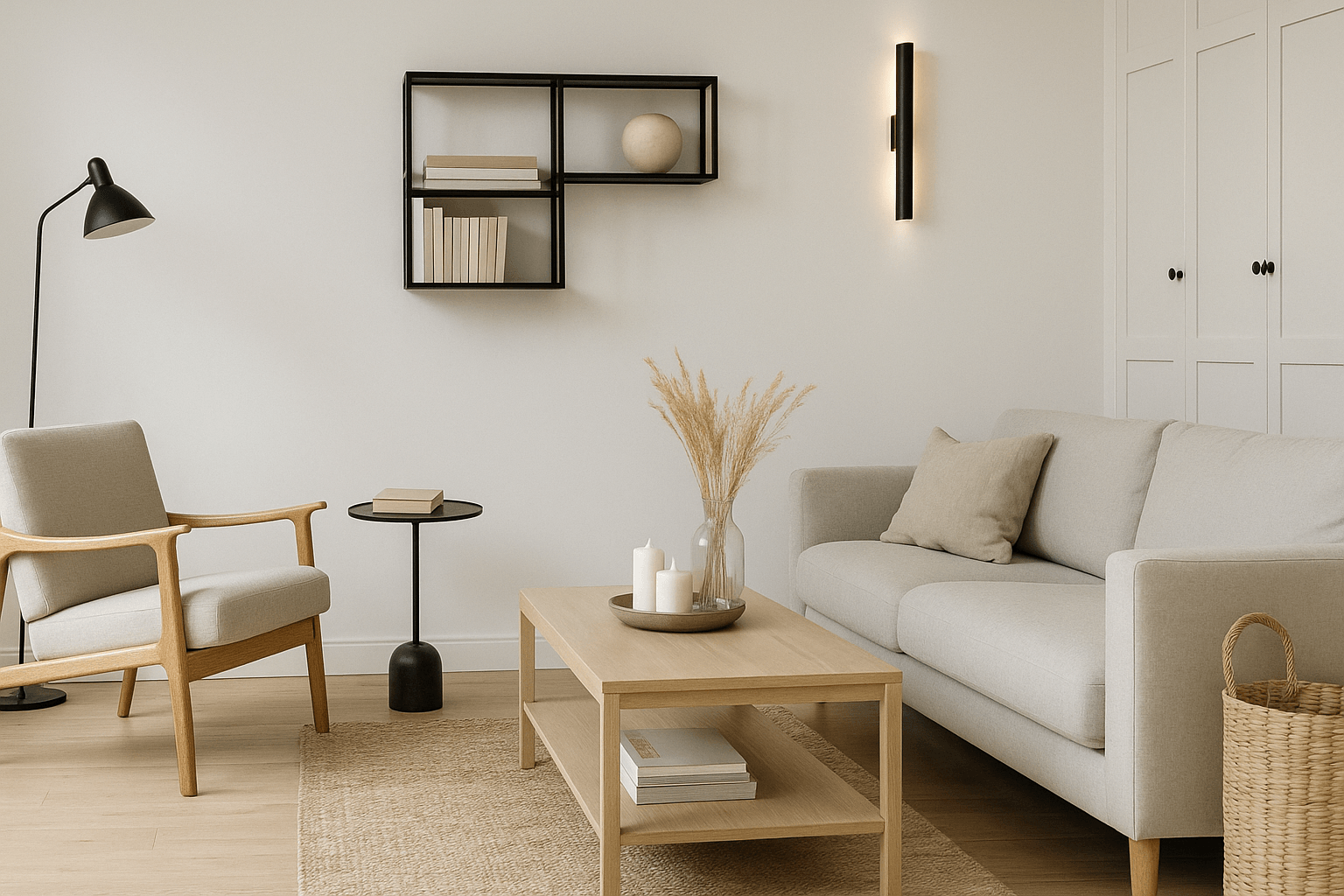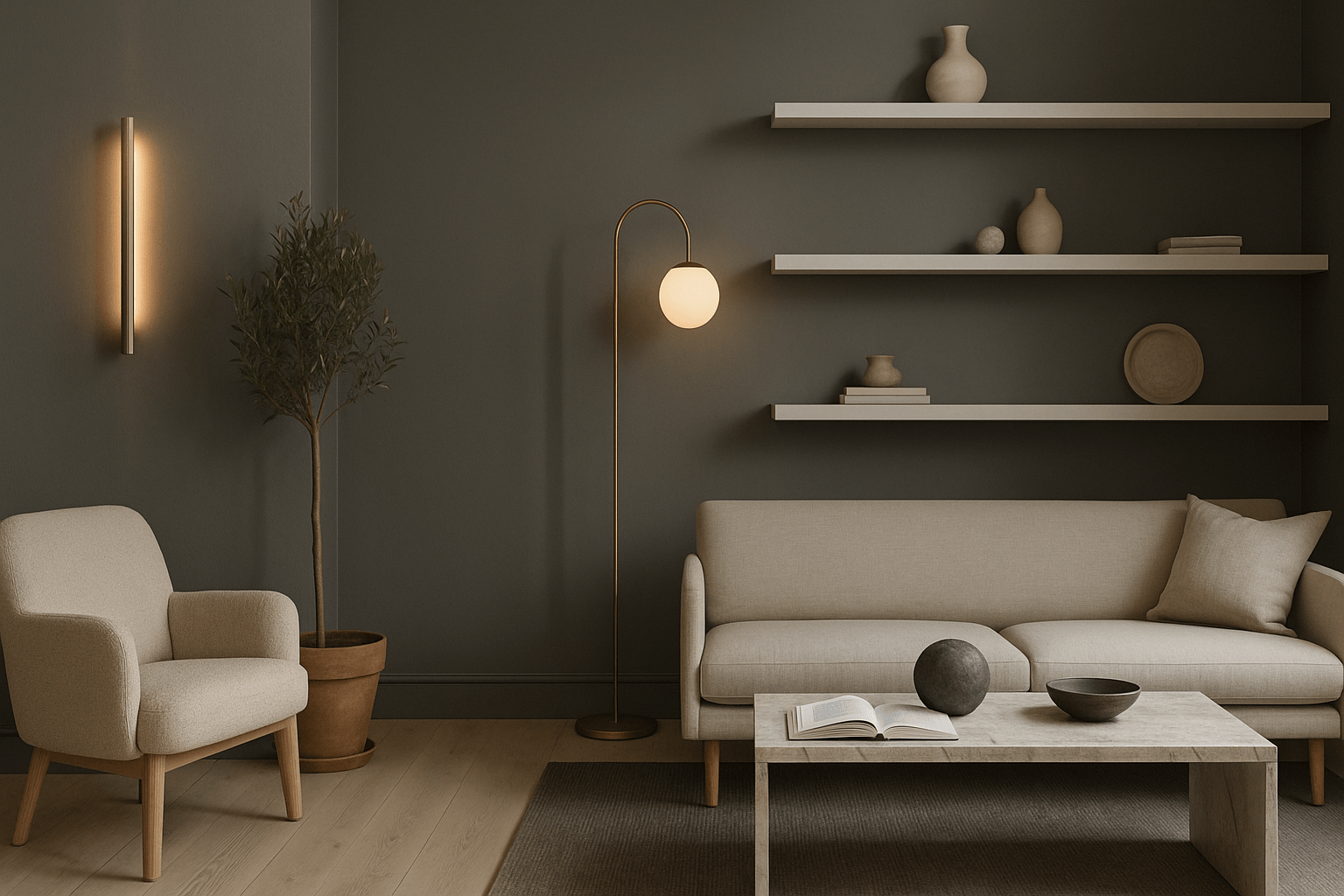Aesthetic Calmness Through Color
Neutral colors—think taupe, ivory, sand, greige, and soft stone—aren’t “plain.” They are timeless tones that create visual calm. In a world overloaded with stimulation, neutral interiors allow the eye and mind to rest. These hues work harmoniously to soften the mood of a room without feeling cold or sterile.
Layering for Warmth
A common misconception about neutrals is that they’re bland. The secret? Layering. Combine various textures—linen curtains, wool rugs, boucle chairs, matte ceramics—to bring life and depth. A beige palette layered right can feel more inviting than the boldest colors.
Natural Light as a Design Tool
Neutral interiors thrive in natural light. Sheer curtains, whitewashed walls, and reflective surfaces help bounce daylight through a room, creating an ethereal ambiance. In low-light spaces, opt for warm white LED lighting to maintain a gentle glow.
Minimalism That Feels Lived-In
Neutral design aligns with minimalism but not in a cold, sparse way. A well-placed wooden side table, an imperfect ceramic bowl, or a weathered linen throw adds soul and function to the space. This is quiet design with intention—beauty with purpose.
Adaptable and Long-Lasting
One of the greatest benefits of neutral design? Longevity. Trends change, but natural tones remain. A neutral foundation gives you the flexibility to refresh your space with seasonal or occasional decor without a full overhaul.
Tips to Create a Neutral Home
• Start with a base palette of three complementary neutrals
• Add warmth with brass or wood finishes
• Use soft textiles: wool, cotton, cashmere, and linen
• Include greenery or ceramic art for subtle contrast
• Opt for lighting with a color temperature of 2700K–3000K for a warm glow
In Conclusion
Neutral interiors are more than a style—they’re a philosophy. They prioritize serenity over flash, and they create space for your life—not just your things. Whether you live in a loft or a small flat, neutrals can elevate and ground your everyday living experience.
















